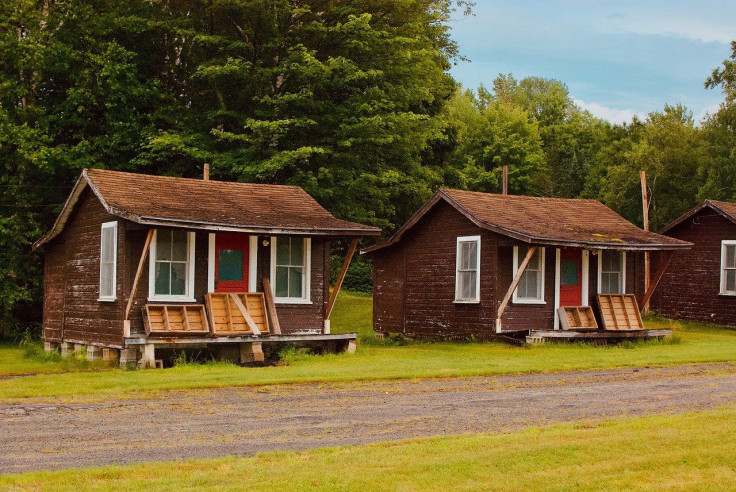Summer Camp 2021: CDC Updates Guidelines For COVID-19 Safety In Camps
KEY POINTS
- Activities for children were put on hold last year due to the pandemic
- Summer camps provide multiple opportunities for children
- CDC recently updated its guidelines on COVID-19 safety for summer camps
Summer is approaching and the Centers for Disease Control and Prevention (CDC) has updated its guidelines for summer camps.
Most activities for children were put on hold in 2020 because of the coronavirus pandemic. Even schools and traditional summer camps moved online. For instance, Walmart last year held a virtual camp with a star-studded line-up that included Drew Barrymore and LeBron James.
The CDC, on Saturday, released its updated guidelines on COVID-19 safety for summer camps weeks before they resume operations. Many parents have been looking for camps their children could participate in once the school year ends.
These guidelines are for "all types of youth day camps," the agency said, and they're meant to "supplement," not replace, other health rules and laws that camps should follow.
"Camps provide opportunities for children to try new activities, develop relationship and social skills, and be physically active," the CDC said. "The present guidance is intended to help camp administrators operate camps while preventing the spread of COVID-19 and protecting campers, their families, staff, and communities."
Safety measures against COVID-19
With the pandemic still going on and children still not eligible to get the vaccine for COVID-19, the CDC stressed the importance of following safety protocols. These include physical distancing and choosing outdoor activities that have a lower risk of transmission. Everyone should also wear "well-fitting" masks "at all times," except during certain activities such as eating or swimming.
The CDC also recommends encouraging vaccination for everyone who is eligible, undergoing screening for COVID-19, not going to camp if one is sick or has had contact with someone who tested positive for COVID-19 and knowing how to manage possible cases at camp.
Organizers should work with local health officials to assess community transmission in the area.
"The higher the level of community transmission, the more likely that the virus that causes COVID-19 will be introduced into the camp facility from the community, which could lead to in-camp transmission if layered prevention strategies are not in use," the CDC noted.
Overnight camps should have eligible staff, family members, campers and fully vaccinated volunteers.
'Cohorts' of campers
Physical distancing is still a key part of reducing the risk of exposure, so the CDC recommends creating "cohorts" or "pods" of campers and staff. These cohorts would stay together and limit exposure with other people as much as they can.
"Limit mixing between cohorts," the CDC noted. "Cohorting should not replace other prevention measures, including wearing masks."
The campers should stay three feet from each other within their cohort and they should maintain a distance of six feet from those from other cohorts. The six feet distance should also be maintained during meals, even within the cohort.
Maintain cleanliness
Facilities, including transport vehicles, should be kept clean, the CDC said, but the cleaning products shouldn't be used when children are near. It's also important to have proper ventilation to prevent anyone from inhaling potentially toxic fumes.
Sharing of items that are hard to clean is discouraged. To limit sharing of supplies, it's best to have adequate materials for everyone or, to restrict usage within a single group of campers. This includes toys, electronic devices and books.
The CDC says camp staff should be given proper training to recognize signs of distress and how to cope with them. They can call the national distress hotline if they feel stressed.

© Copyright IBTimes 2024. All rights reserved.






















